
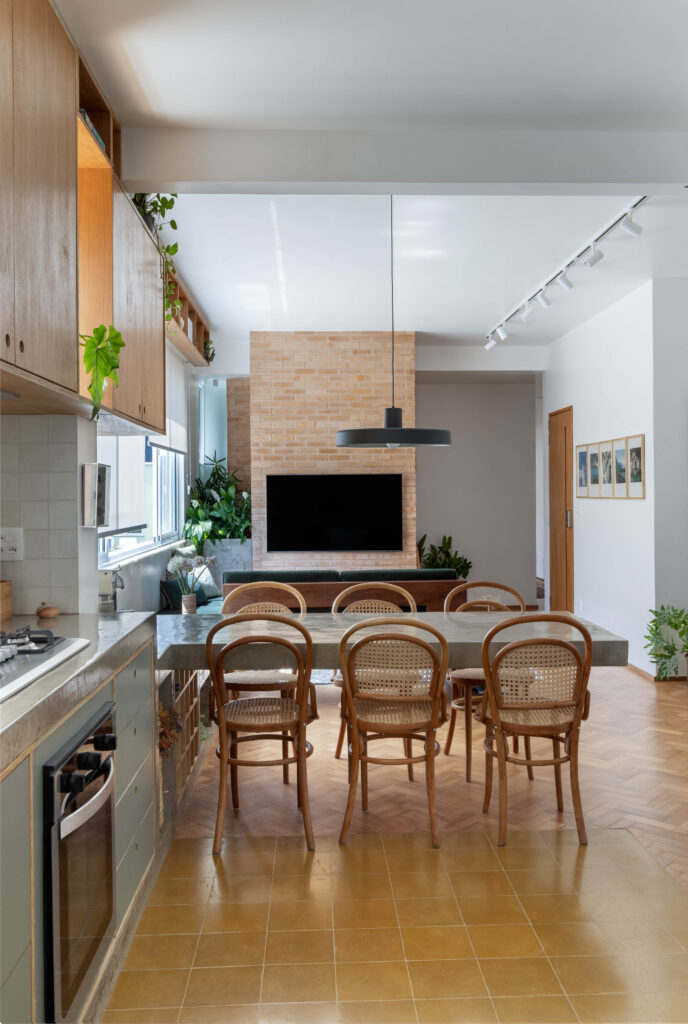
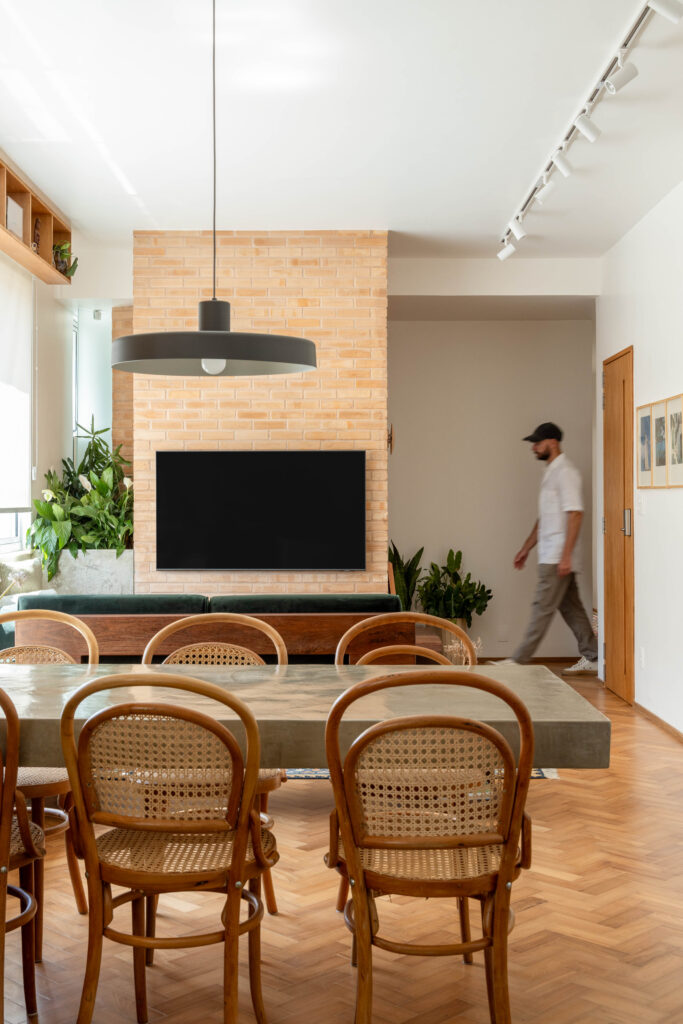
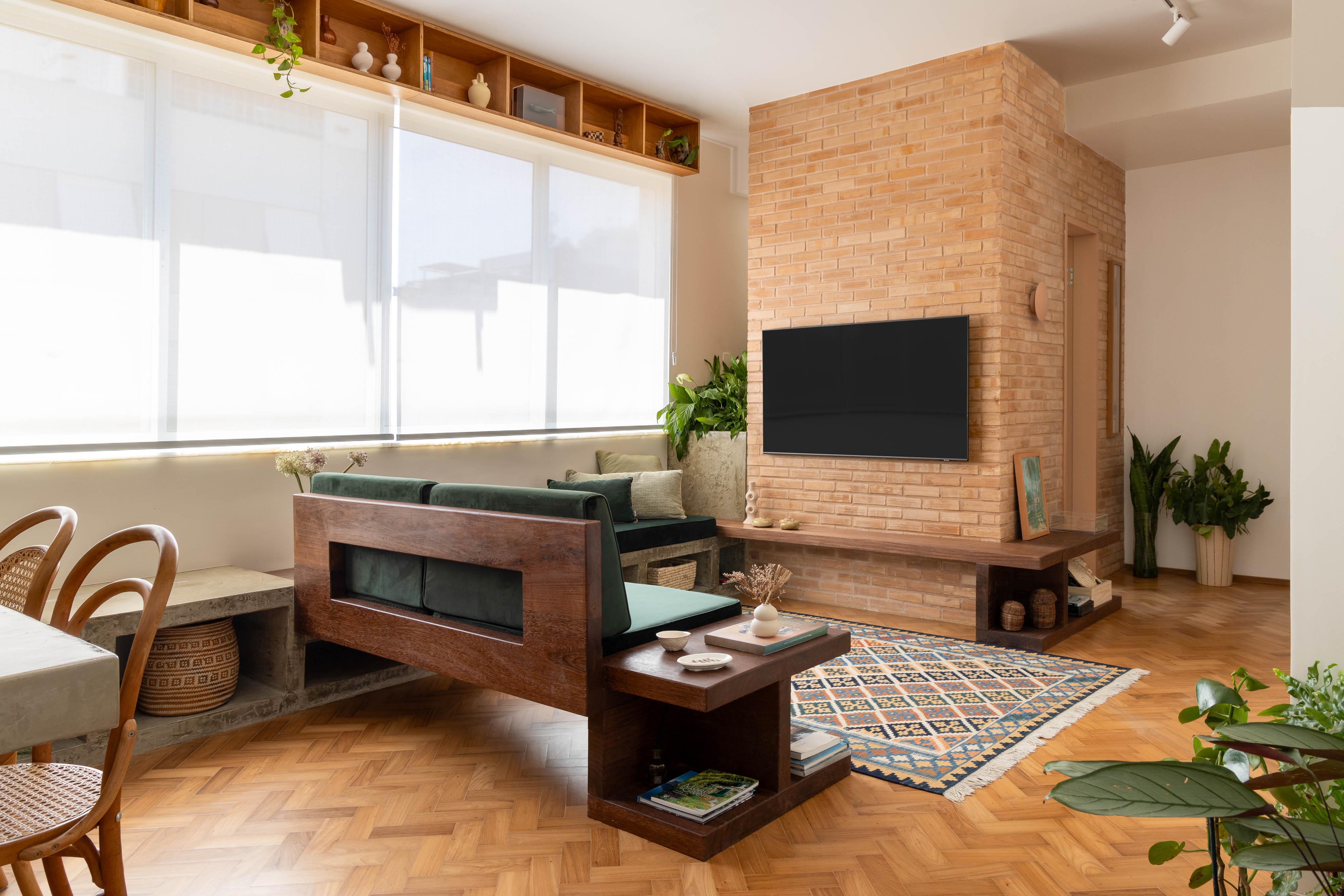


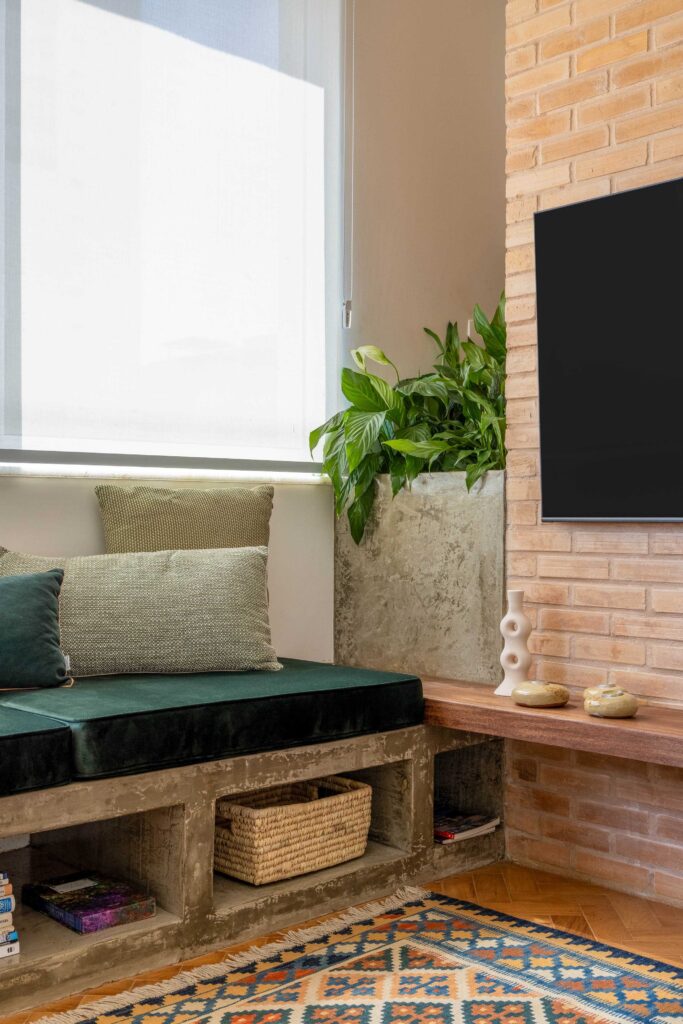


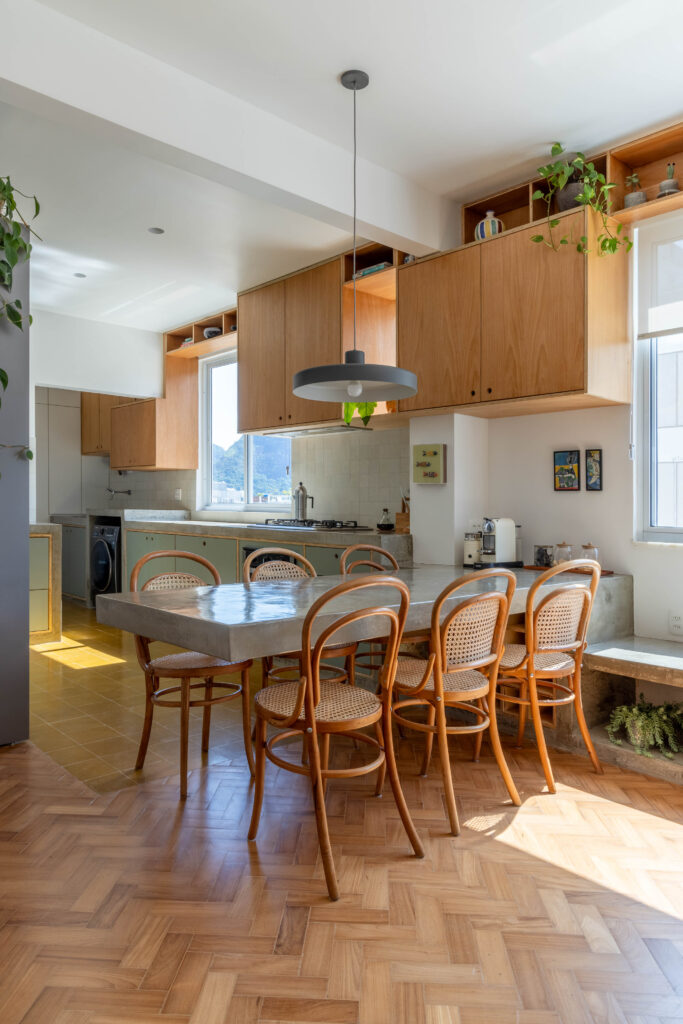
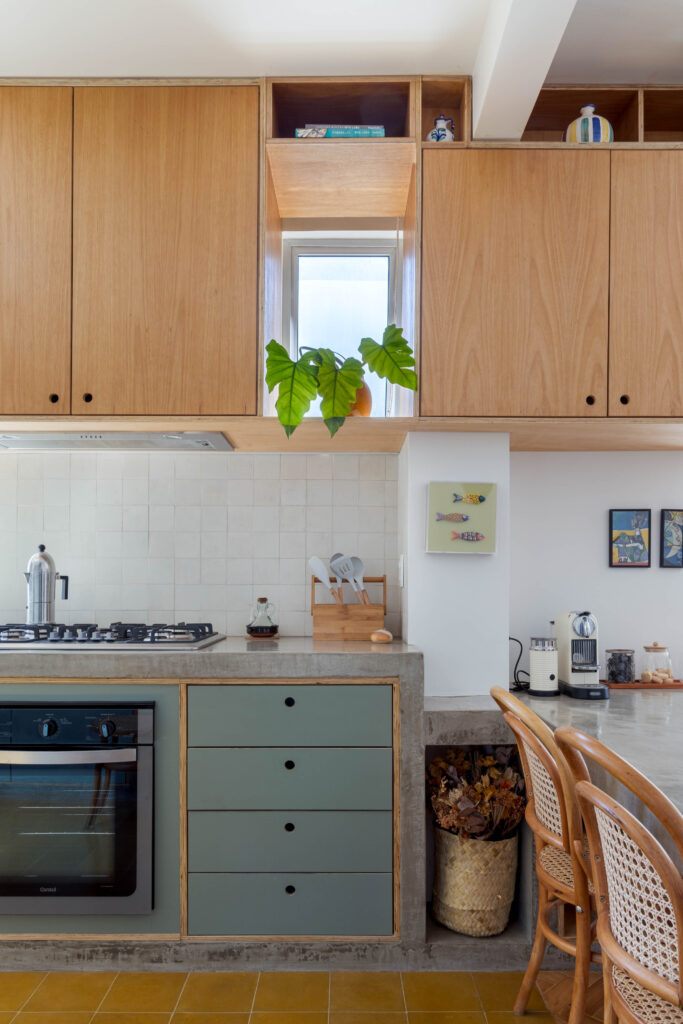
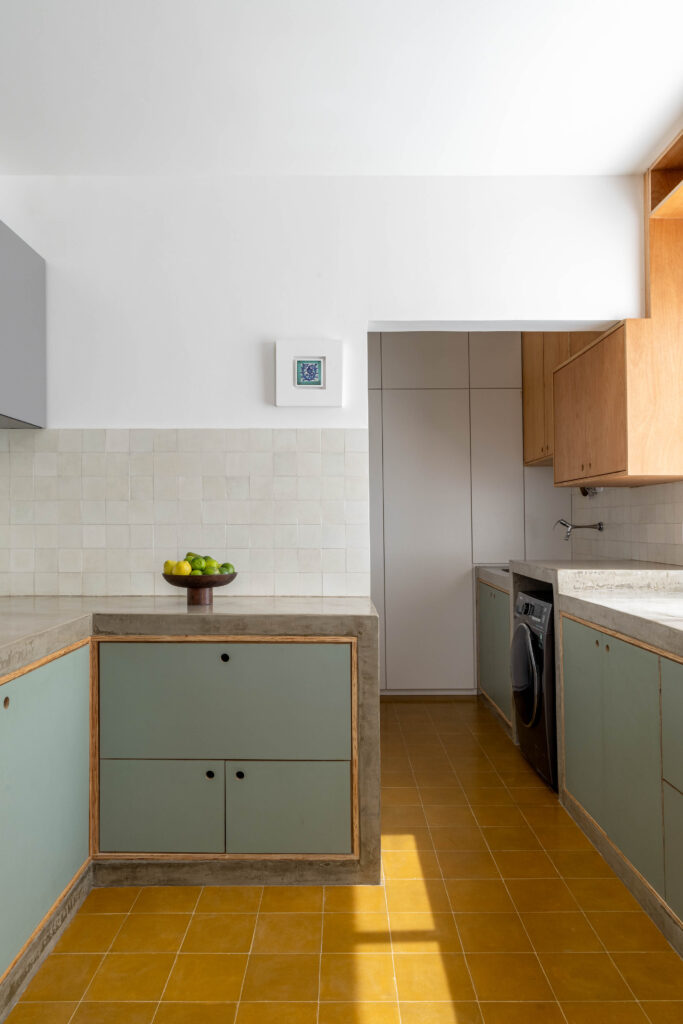
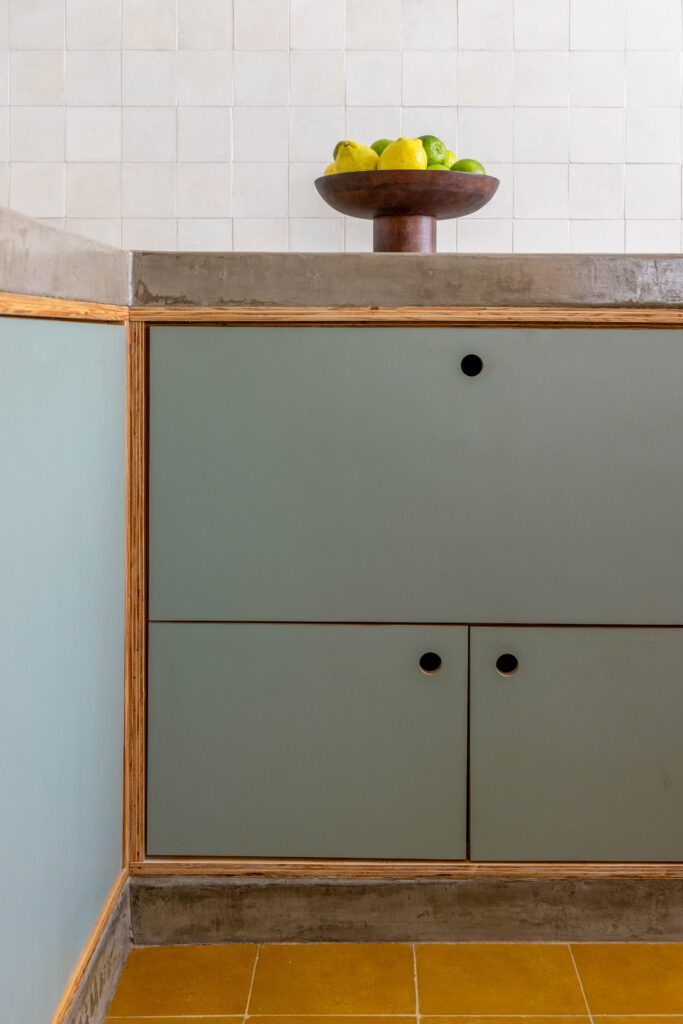

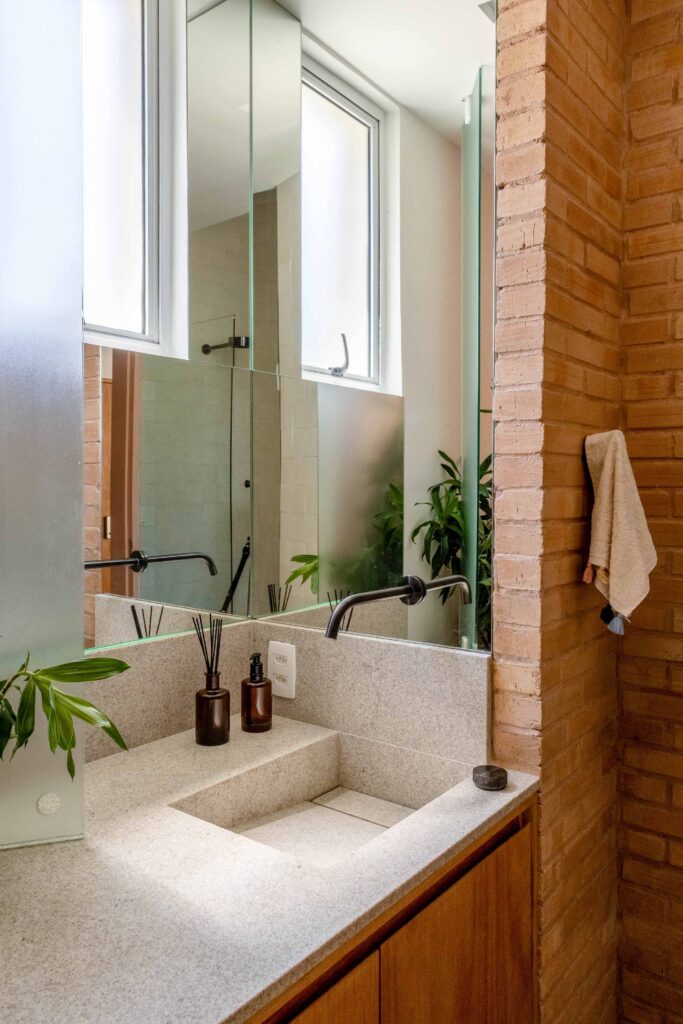
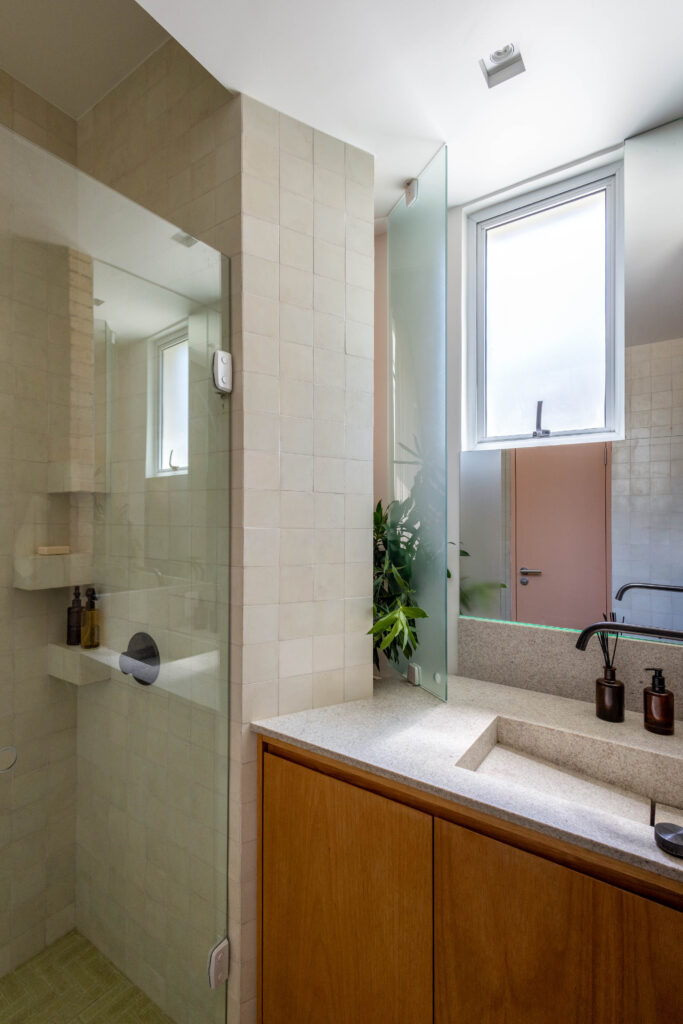
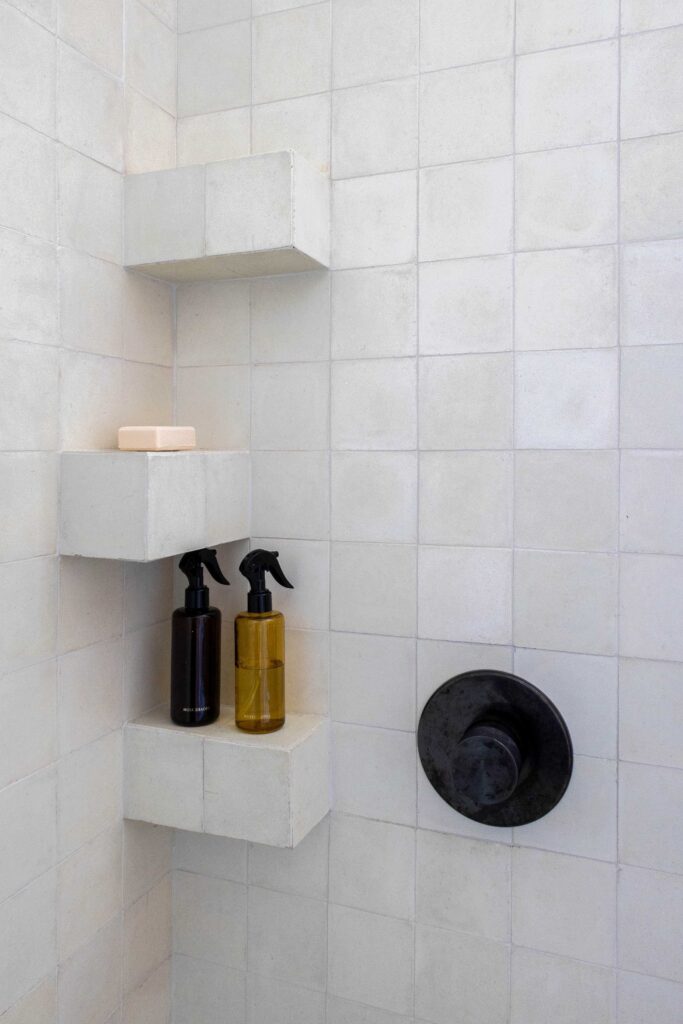
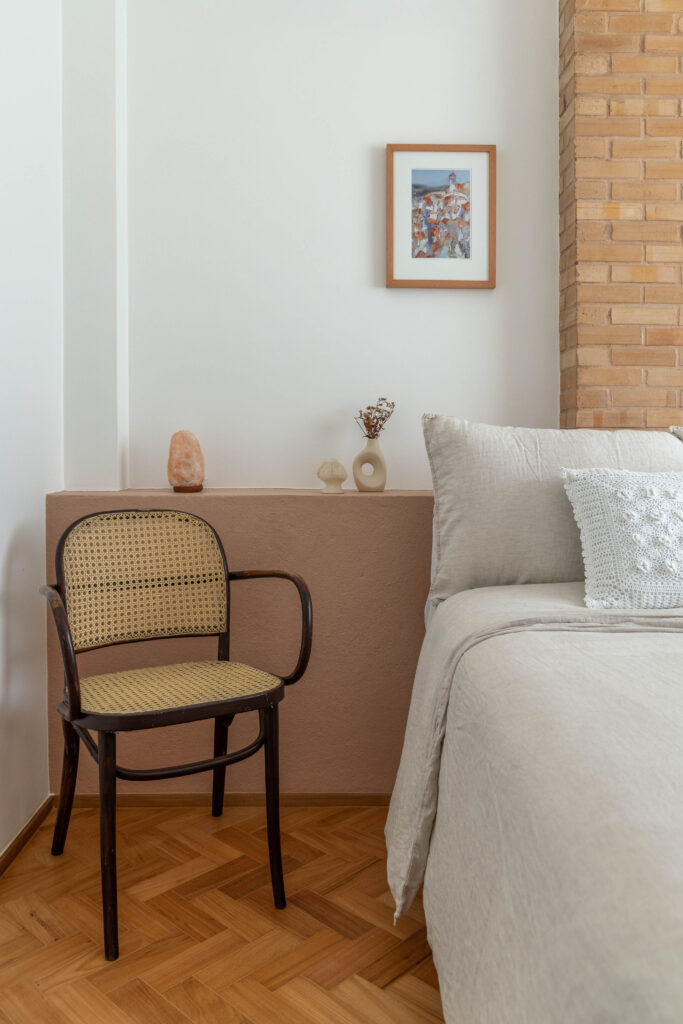
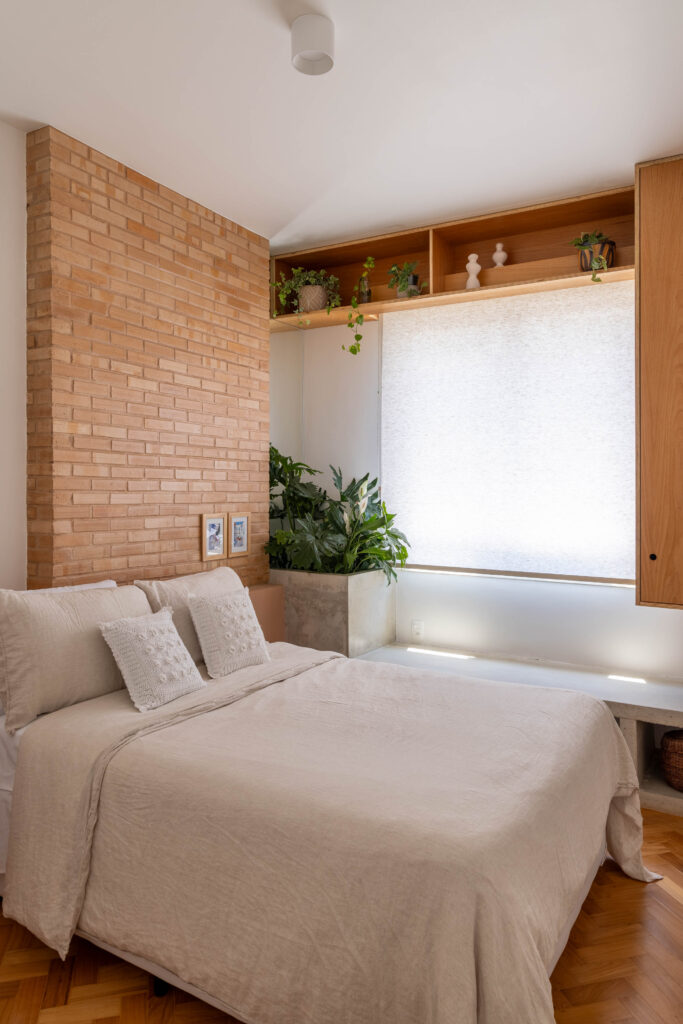
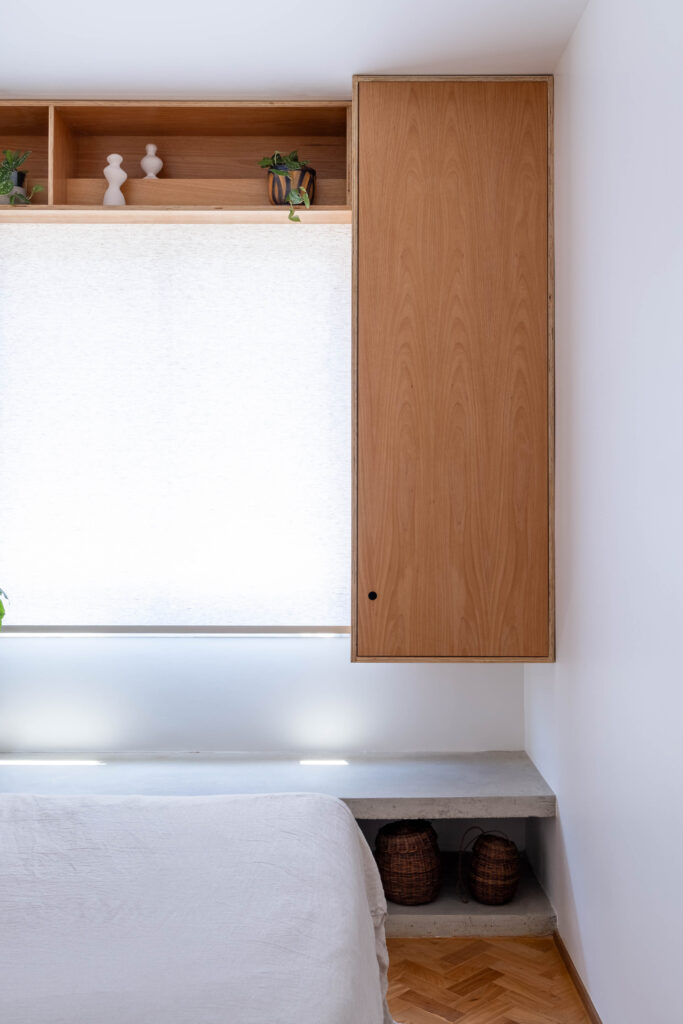
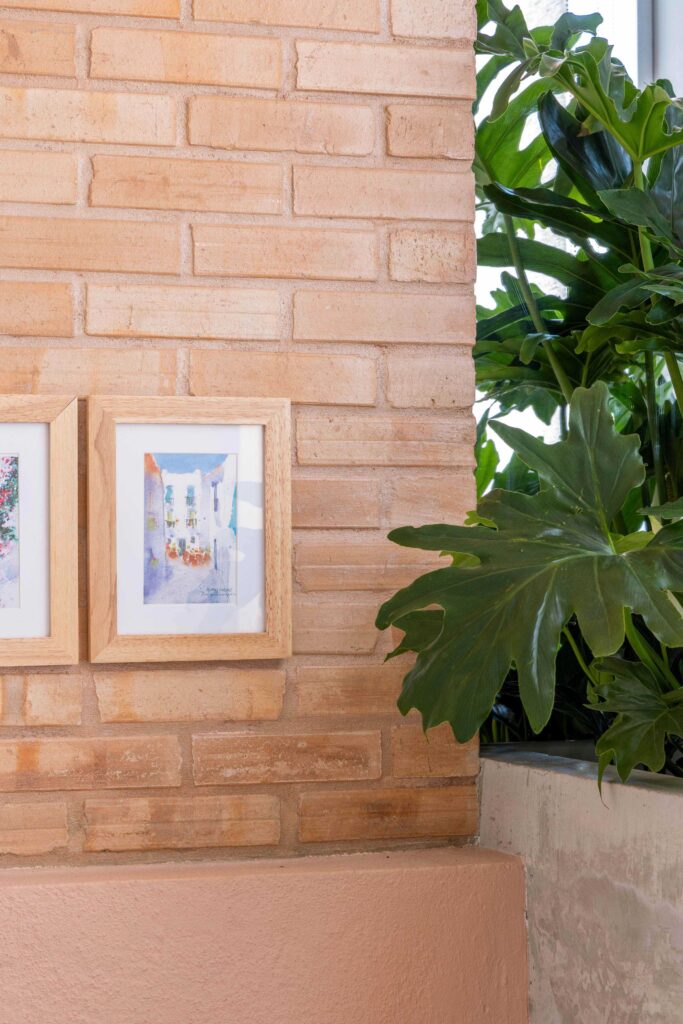
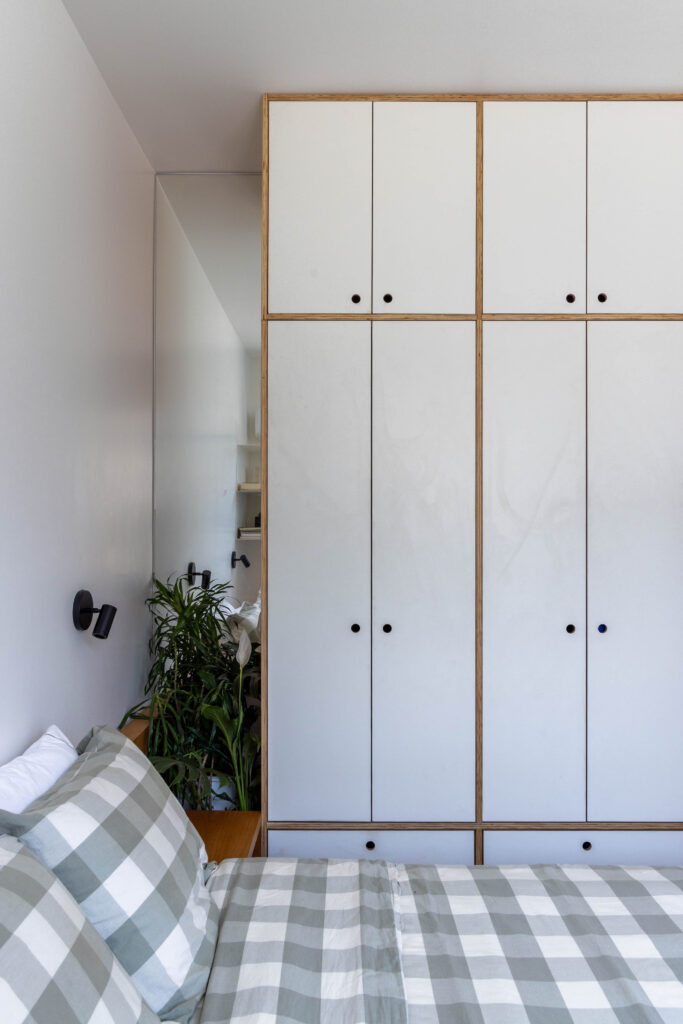
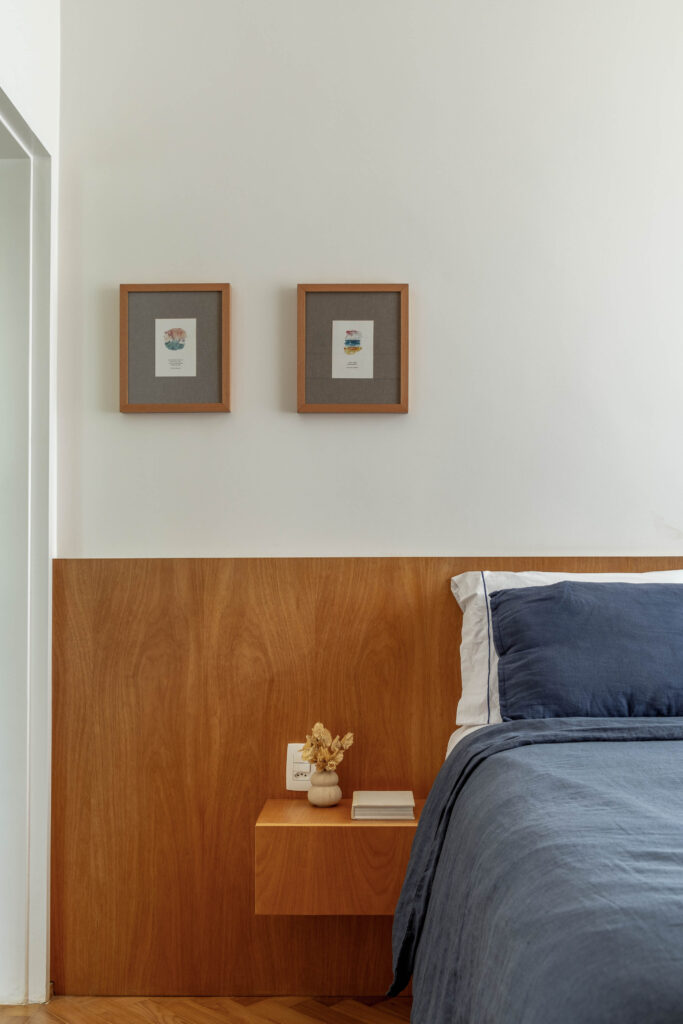
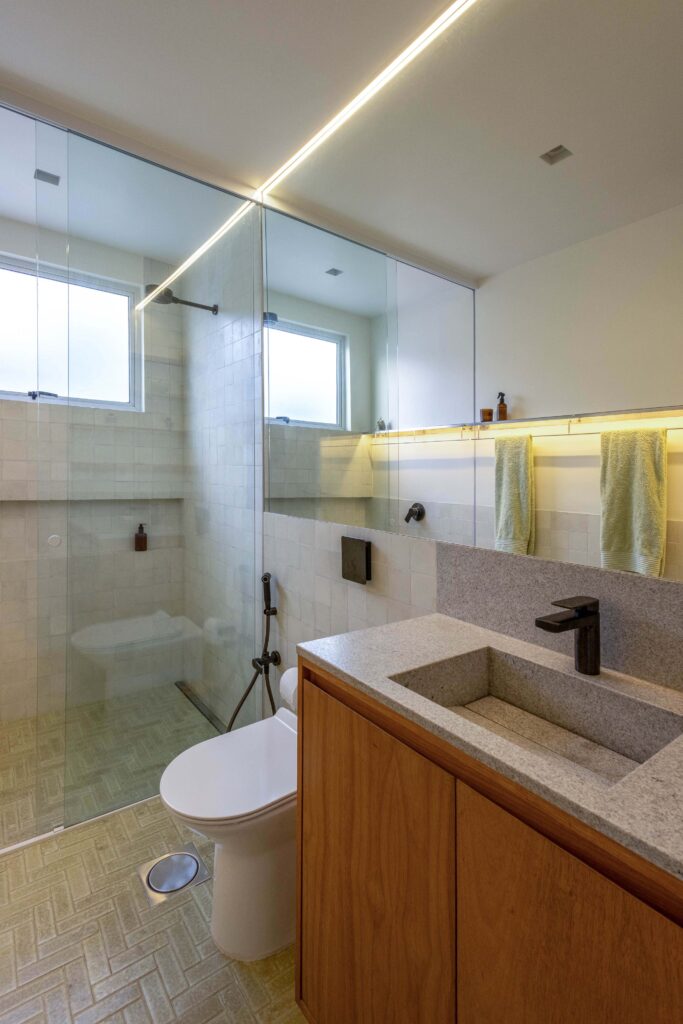
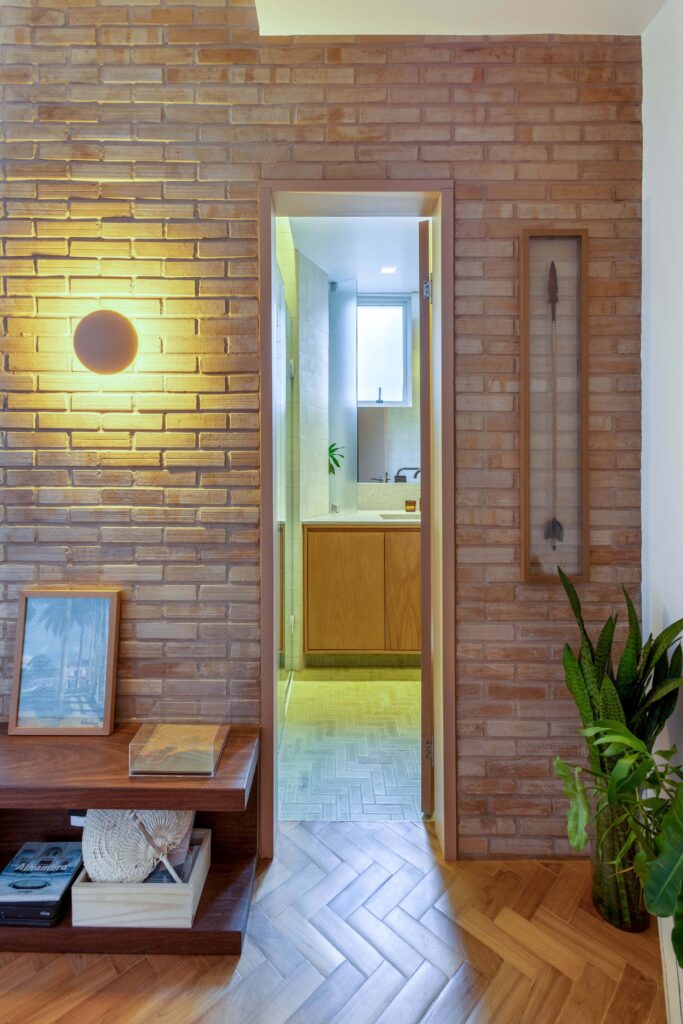
This apartment is one among many others built in the process of verticalization of the Ipanema neighbourhood in the 70s/80s. All rooms are facing a lateral façade which has a view to another building from the same period, besides many other buildings close by.
Due to this urban setting – that became typical in the Ipanema neighbourhood – Brazilian artist Tom Jobim sang “my window is no more than a frame, we can only see Sérgio Dourado”, in the famous “Carta ao Tom 74”, by Vinicius de Moraes. The song expresses the singer’s disenchantment with Brazil’s modernization process, which contradicted the happiness promised by Bossa Nova a few years before.
Tom’s sadness is understandable: windows that are no more than repetitive square frames resulted in more economic buildings, and better selling prices for real state agencies such as Sérgio Dourado. However, because of that design choice the residents were left with insignificant monotonous façades, and internal spaces of poor quality.
Since the clients didn’t want to renovate the bedrooms, our project was restricted mainly to the rest of the apartment, where we created new spaces that arise mainly from the manipulation of the windows. In the original floor plan, each room had just one window, with different characteristics: small, high windows in the bathroom, a medium window for the kitchen, a big window in the living room, and the service room with no window at all.
In our proposal, the windows lost their original connection to the rooms when we decided to integrate the laundry and service rooms, kitchen and living room, and even the social bathroom, having as a result a wide-open space with good natural light that comes from all the integrated windows of different sizes and heights. The wall unit that surrounds the windows, together with the benches, table and couch made of concrete, creates thickness in this internal facade that becomes dynamic, providing support for personal objects and allowing the windows to be integrated to everyday use, whether on the benches or on the seats that are next to them. The guest bathroom, which had infiltration problems, was rebuilt, but rotated in relation to its original position, expanding the apartment’s main access and allowing the interior of the bathroom to share light and ventilation with the living room, through a window that faces an indoor garden.
The only new walls – the ones of the rebuilt guest bathroom – are made of solid bricks, in a way to try to avoid creating additional plain white walls, which are already common in apartments. Along these lines, we also proposed the use of materials such as natural wood, concrete and burnt cement, which are present in the built-in furniture – the couch and rack designed specifically for the apartment from reused sucupira wood planks that the client already had available – and the coverings of the wet areas, such as handcrafted ceramic floors, burnt cement walls, and brushed granite countertops.
Design:
Fernando Delgado, Isabela Canêdo, Renata Esteves, Renan VargasLocation:
Rua Barão da Torre, Rio de Janeiro-RJ, BrazilProject start:
2021Date of completion:
2023Floor area:
91m²Status:
Built projectConstructor:
Estrutural MirandaCarpentry:
Nilson José de PaulaPhotos:
André Nazareth

